the art of feeding your mind: a framework for conscious consumption
thoughts on the curation of consciousness
Back in April, I explored how taste has become the new intelligence—the capacity to discern quality in an era of infinite options. But taste doesn't exist in a vacuum. It emerges from something more fundamental: the daily practice of feeding your mind.
We live in the first moment in human history where consciousness itself has become a battleground. Every platform, every algorithm, every notification is competing for the real estate of your attention. Most of us navigate this landscape unconsciously, consuming whatever the machine serves us, wondering why we feel simultaneously overstimulated and undernourished.
This piece is about reclaiming authorship of your own awareness. About recognizing that you are always feeding your mind—the question is whether you're doing it intentionally or allowing others to curate your internal world for you.
We are always feeding our minds. This is the fundamental truth most of us refuse to acknowledge—that consciousness, like the body, requires constant nourishment, and we are making choices about that nourishment every moment we engage with the world.
Most of us have become emotional snackers. We reach for the mental equivalent of processed food: the quick scroll through feeds designed to trigger reaction rather than reflection, the surface-level takes that confirm rather than challenge, the endless stream of content that provides the sensation of fullness without any real nutrition. We consume the intellectual equivalent of sugar hits—immediate satisfaction that leaves us craving more within minutes.
The symptoms are unmistakable once you learn to recognize them. There's the irritability that comes from overstimulation without substance, the envy that surfaces when algorithms show us carefully curated glimpses of other lives, the fog that settles over thinking when we've gorged ourselves on reactive content. We scroll compulsively, seeking something we can never quite name, experiencing what I can only call aesthetic fatigue—the exhaustion that comes from processing endless streams of images and ideas without depth or connection.
You feel full, but you are not nourished.
Before we can change our mental diet, we must become conscious of what we're currently consuming. This requires the kind of honest inventory that most of us avoid—not just cataloging the obvious feeds and channels, but examining the subtle inputs that shape our internal weather.
What are your go-to mental snacks? The group chats that pull you into cycles of complaint or gossip? The newsletters that arrive with the promise of insight but deliver only anxiety about keeping up? The creators whose content leaves you feeling smaller rather than expanded? The podcasts that fill silence without adding meaning?
The question isn't whether these inputs are objectively good or bad, but how they land in your particular consciousness. What leaves you overstimulated versus grounded? What makes you want to create versus consume more? What generates clarity versus confusion?
Here's what makes this inventory urgent: the machine will remember what you crave, even if you don't. Algorithmic systems are designed to detect and amplify our most reactive patterns, feeding us more of what generates engagement rather than what generates wisdom. They learn our triggers faster than we learn our own patterns.
Part of what I’ve developed within THE DAILY 5 framework is what I like to call my “weekly taste logs.” At the end of each week, I sit down and ask myself a series of reflective questions:
What did I consume that expanded my thinking?
What left me more anxious than informed?
What made me want to create something?
What felt like empty calories?
What would I choose again?
The practice isn't about judgment but about developing the capacity to notice. Patterns only become visible through sustained attention.
Learn more about THE DAILY 5 here.
Not all cravings are signals of poor judgment. Sometimes we reach for lighter content because our minds genuinely need rest, or seek community through shared cultural references, or require the simple pleasure of entertainment. The goal isn't to eliminate all mental snacking but to distinguish between choices that serve us and choices that deplete us.
The difference lies in recognizing the distinction between dopamine and depth. Dopamine-driven consumption leaves us wanting more of the same—it creates cycles of craving without satisfaction. Depth-oriented consumption changes us in some small way—it adds to our capacity for understanding, connection, or creation.
Here's the crucial question: What kinds of inputs make me want to create versus consume more?
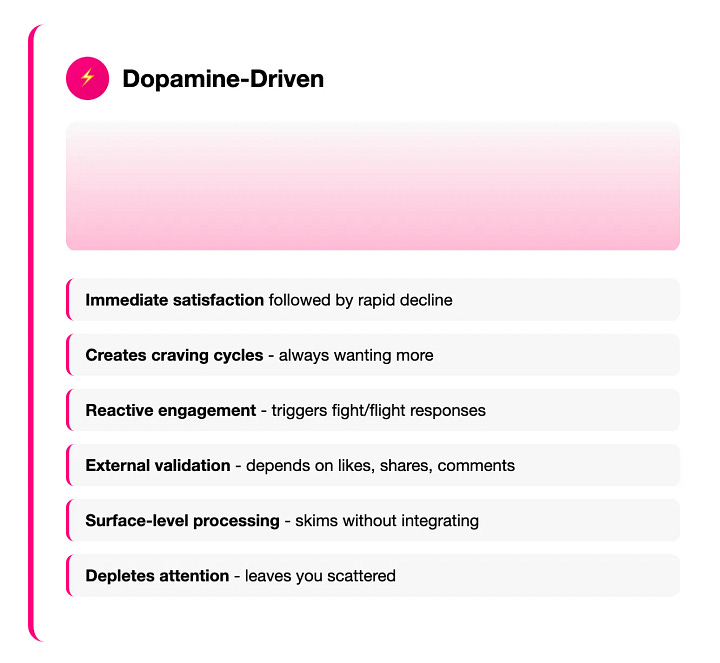
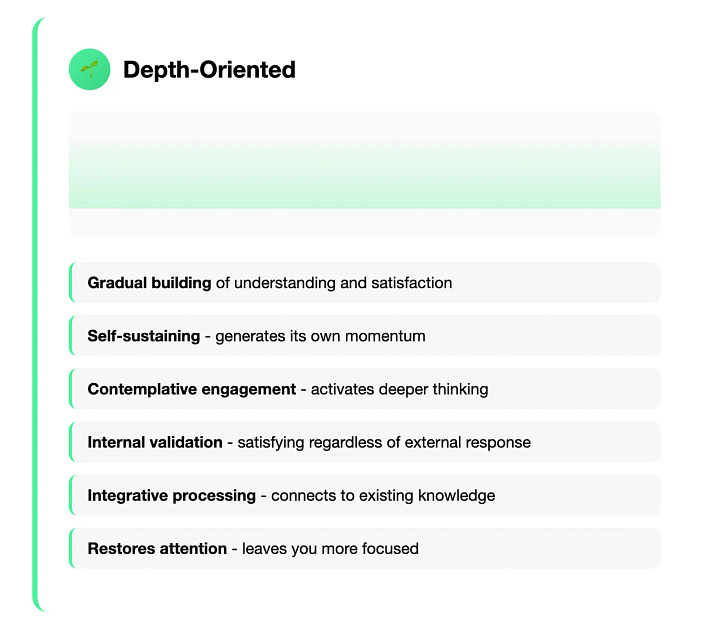
Content that nourishes tends to generate what we might call creative downstream effects. After engaging with it, you find yourself thinking new thoughts, making unexpected connections, or feeling moved to express something. You become more interesting to yourself. Depleting content creates the opposite effect—after consuming it, you feel empty, reactive, or compelled to consume more of the same.
The test isn't moral but practical: Does this input expand or contract my capacity for original thought?
If taste is the new intelligence, then developing taste becomes a matter of survival in an attention economy designed to flatten discernment into reaction. Taste, in this context, isn't about cultural sophistication but about input integrity—the ability to maintain coherence about what serves your consciousness versus what merely stimulates it.
It's not just what you read or watch—it's what you emotionally metabolize. Two people can consume identical content and have completely different internal experiences based on the quality of attention they bring to the encounter. The person who scrolls through philosophy feeds while multitasking is having a fundamentally different experience than someone who reads a single philosophical passage with full presence.
Training your attention becomes like training a palate. You begin to notice subtleties that were previously invisible: the difference between content that challenges you productively versus content that simply overwhelms; between humor that expands perspective versus humor that diminishes it; between complexity that illuminates versus complexity that obscures.
Consider these weekly questions for developing taste:
What did I encounter this week that I'm still thinking about?
What changed my mind about something, even slightly?
What made me feel more connected to myself or others?
What felt like intellectual junk food in retrospect?
The cultivation of taste requires time and repetition. Like developing appreciation for natural flavors after eliminating processed food, learning to prefer depth over stimulation requires patience with the slower rhythms of genuine engagement.
Building a mental menu that supports clarity, curiosity, and originality requires understanding what we might call the basic food groups of consciousness: ideas that challenge assumptions, solitude that allows for integration, poetry that expands language, music that accesses non-verbal intelligence, philosophy that provides frameworks for thinking, nature that offers perspective beyond human concerns.
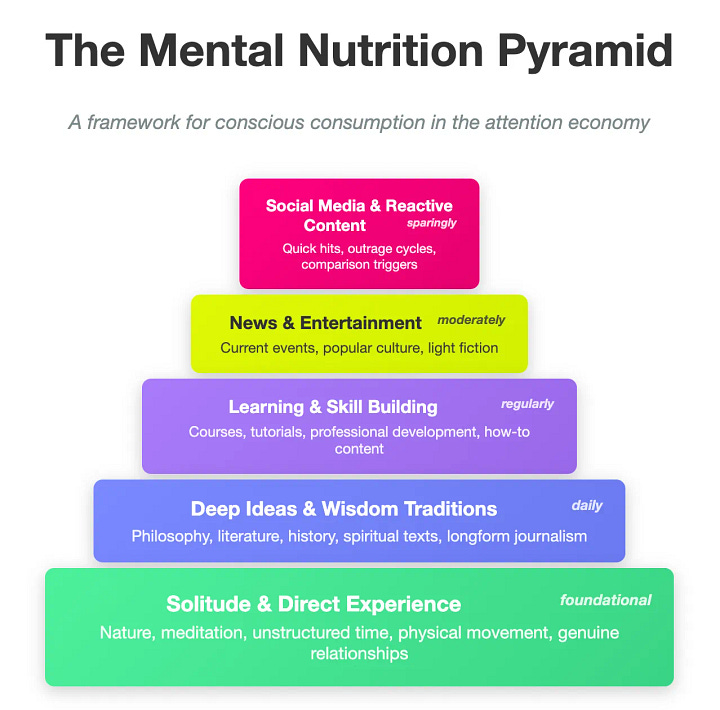
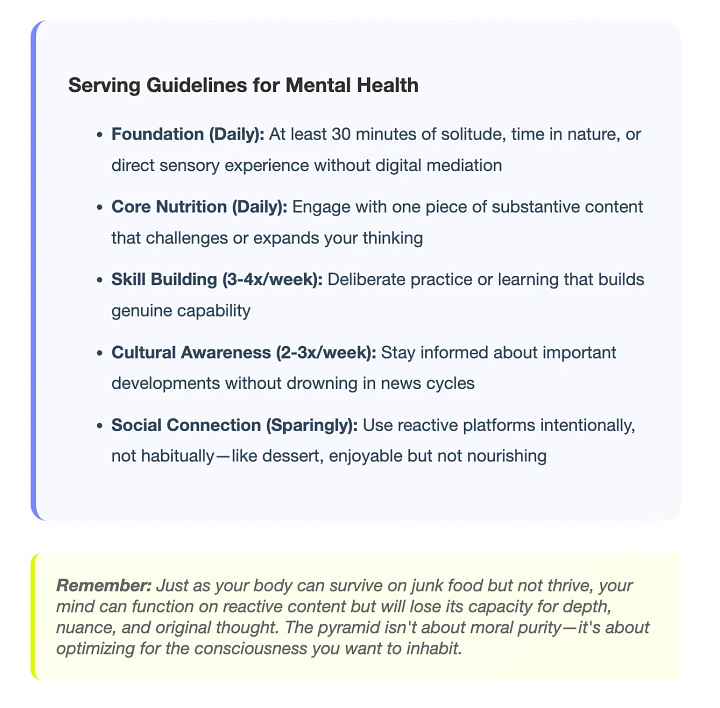
The goal isn't to eliminate all lighter content but to ensure that the foundation of our mental diet consists of inputs that genuinely nourish rather than merely stimulate. This means becoming intentional about creating space for boredom and emptiness—the mental equivalent of fasting, which allows us to notice what we're actually hungry for.
Boredom is not the enemy of creativity; it's the condition that makes genuine curiosity possible. When we fill every moment with input, we lose access to our own questions, our own interests, our own capacity for original thought.
You are what you eat—but mentally. This isn't metaphor; it's neuroscience. Every input literally shapes the neural pathways that determine how you think, what you notice, and what becomes possible for your consciousness.
Stop eating intellectual junk food and expecting depth. Stop consuming reactive content and expecting calm. Stop filling every moment with input and expecting original thought to emerge.
The person living inside your mind—your future self, your capacity for wisdom, your ability to think clearly about what matters—depends entirely on the choices you make about mental nourishment today.
Feed your mind like someone you love lives there.
Because someone does.
I hope you eat well today, you deserve it! 🍽️
XO, STEPF





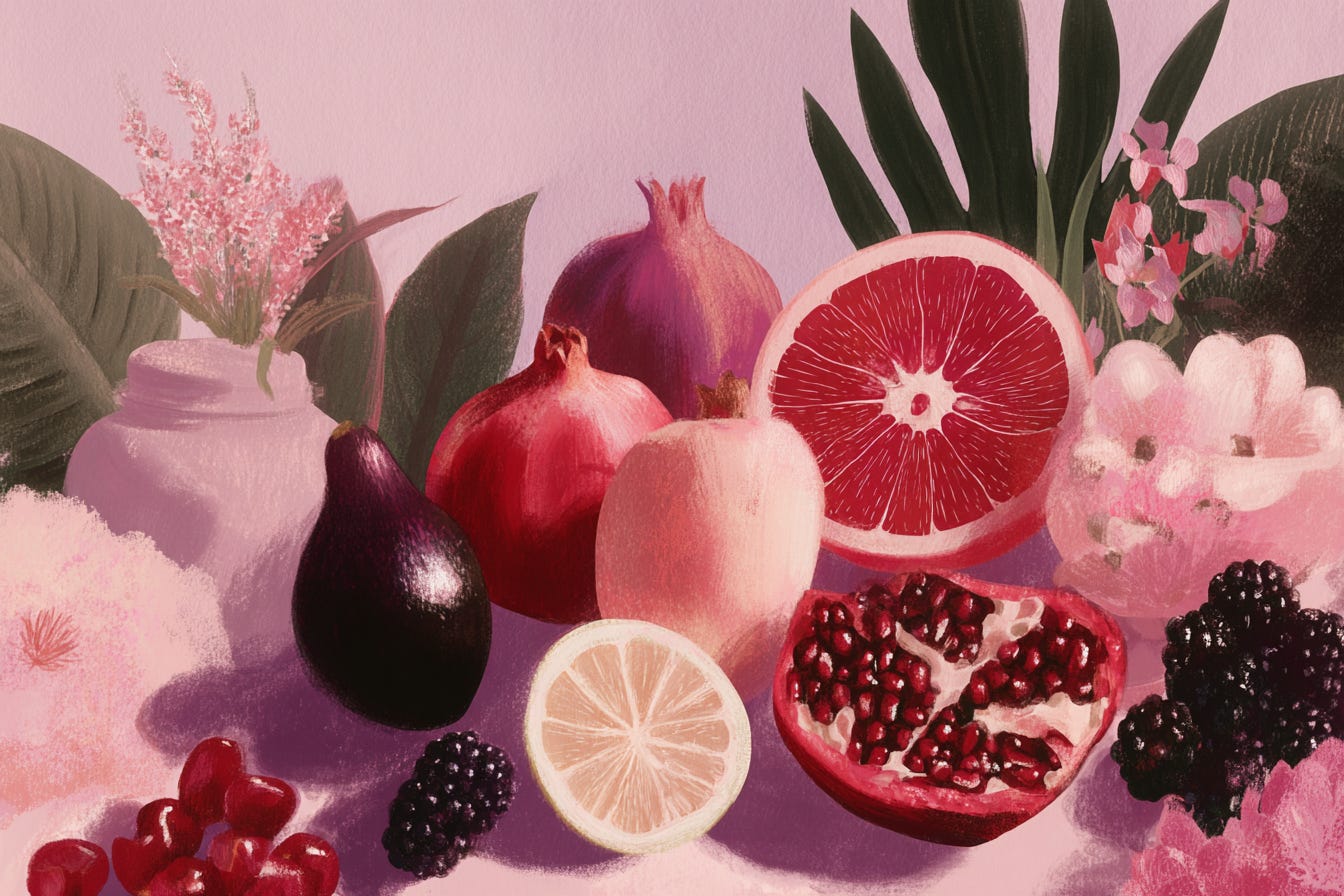



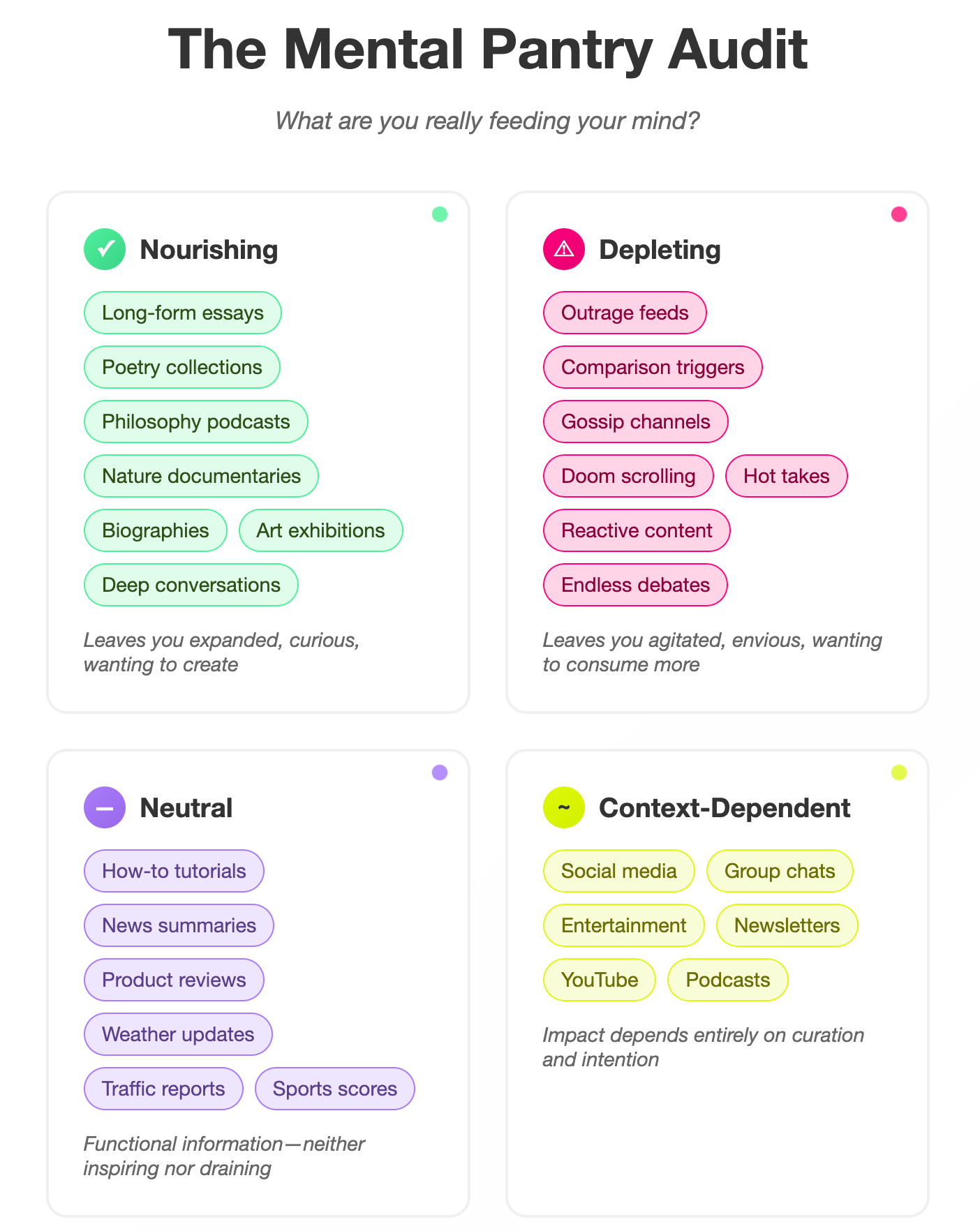

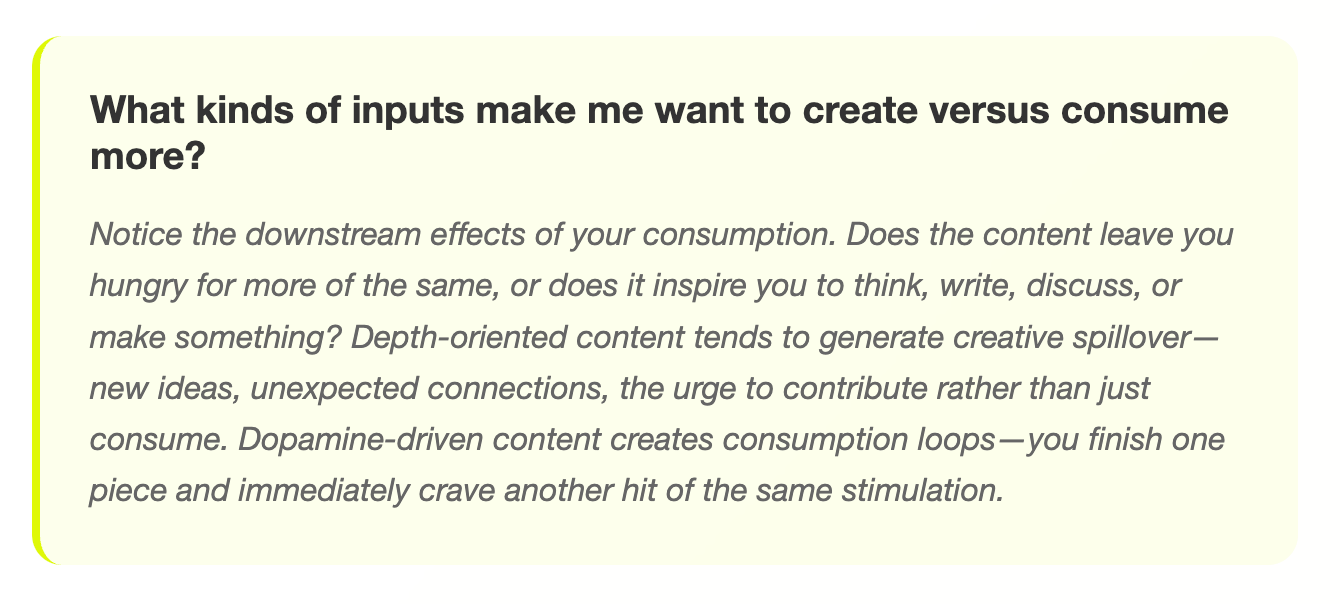

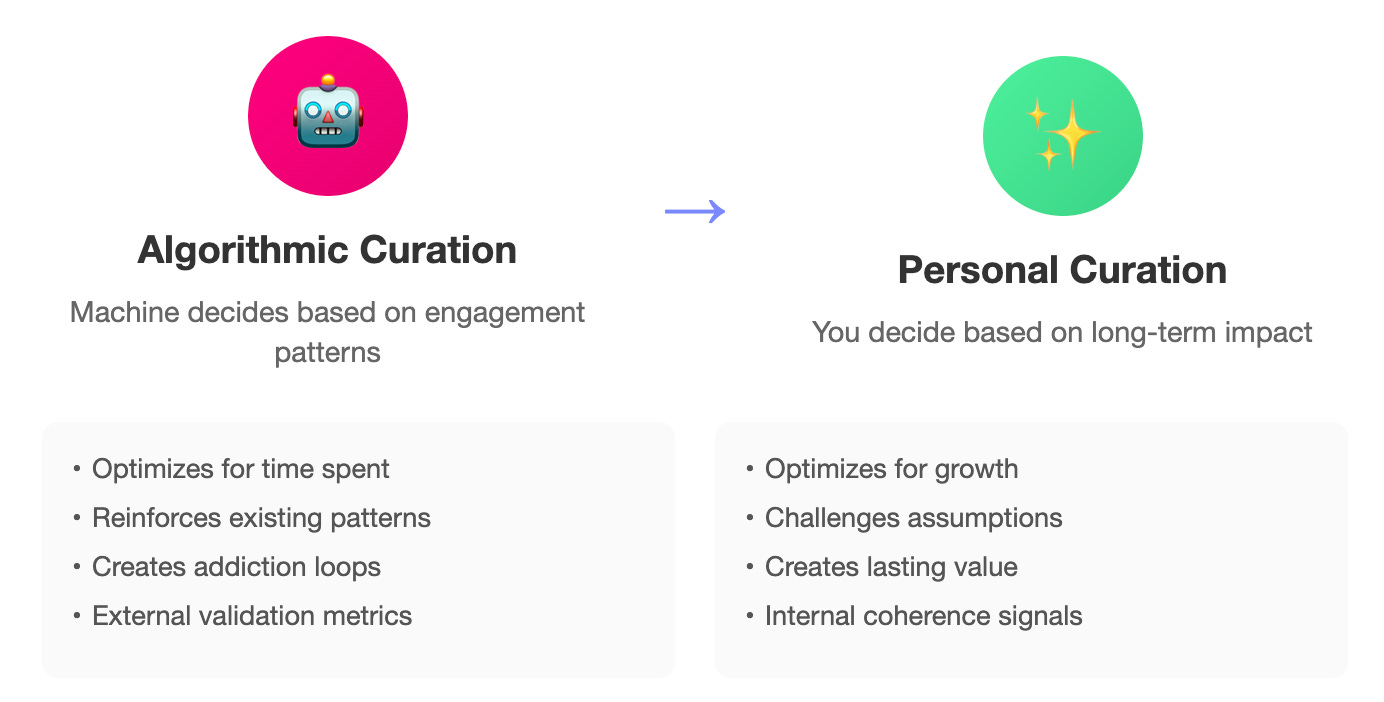
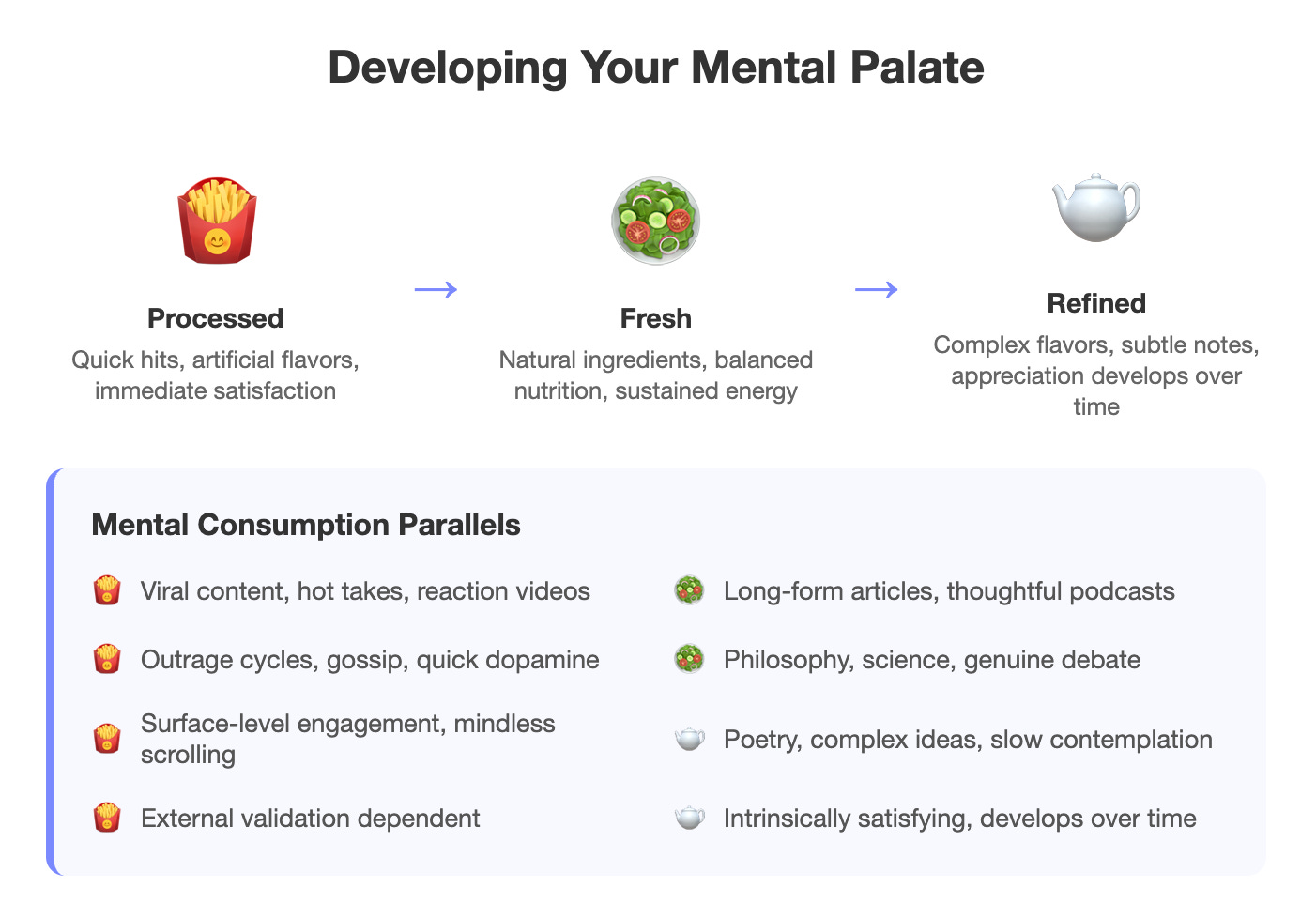









Last year, I realized that I had the pyramid of conscious nourishment completely inverted. I was constantly consuming low-quality, reactive content, scrolling aimlessly, overloading on shallow inputs, and wondering why I felt anxious, unfocused, and creatively drained. That’s when I started treating my mind like something sacred and decided to completely redesign my information diet and daily habits.
What helped me shift was applying a system I now call the “3-Month Quest Framework.” This method has become the backbone of how I stay hungry for high-quality inputs and intentional living. Here are the three steps that helped me flip the pyramid:
1. Build a daily compass through journaling and scheduling. I started each day by journaling and scheduling my time intentionally. This daily “compass” gave me the structure to stay aware of where my attention was going and ensured that my actions reflected the kind of person I wanted to become. It became a daily check-in to course-correct and prioritize what truly matters.
2. Track progress weekly and monthly. I implemented weekly and monthly reviews where I evaluated what nourished me mentally and emotionally, what drained me, and how aligned I was with my larger goals. These reviews made patterns visible, like when I was slipping into low-value content or losing momentum, and helped me adjust before things went off track.
3. Create 3-month quests with built-in rewards. I gamified my life by breaking it into quests—three-month challenges tied to specific goals. Each quest had a roadmap and rewards that tapped into my brain’s craving for gratification. By doing this, I replaced the hit of cheap dopamine with the fulfillment that comes from progress, learning, and staying committed to a purpose.
This framework has helped me hack my own reward system in a conscious and sustainable way. It’s allowed me to stay invested in my goals, remain focused, and avoid slipping into the trap of reactive consumption.
Excellent analysis and great advice. Curating inputs to influence outcomes based on neuroscience. I've read about this binary using a dopamine/serotonin distinction: dopamine being the molecule of more and serotonin being the molecule of contentment.
Without question, the online information ecosystem is excessively dopaminergic, using reward prediction error to drive consumption that spikes dopamine production repeatedly to promote compulsive overconsumption. After binging on whatever it is that floats your boat, you fall into the trough. I don't have enough energy to do what really matters to me, so I will reach for another quick fix in a different form: sugar, caffeine, gaming, porn, whatever. At the end of the roller coaster ride, you might feel like shit without knowing exactly why. Rinse and repeat often enough, and you'll become depressed.
Reducing the low-return dopamine spikes is crucial, and curating your inputs is essential.
I would also add that the flip side of the strategy involves optimizing your serotonin levels, especially since elevated cortisol associated with chronic stress so prevalent in the USA today downregulates serotonin, which also leads to anxiety and depression, the scourge of millennials and zillennials.
Engaging in intrinsically meaningful creative activities reduces the effects of cortisol upon serotonin production and sensitivity. No wonder we feel better after doing so.
Also, lifestyle can make a huge difference, in particular, exercise, diet, and meditative practices. Just 150 minutes of moderate aerobic exercise (30 minutes of brisk walking five times a week) increases both serotonin and dopamine production. So does ten minutes of daily meditative practice, but to a lesser degree. Presently, Americans consume on average 60% of their calories from ultraprocessed food, which is calorie-dense but nutritionally poor, notably in tryptophan, which is an essential amino acid and a precursor in the production of serotonin.
I'm about a year into making these brain hacks part of my daily routine, and I feel great, and I'm more productive than ever doing the things that are important to me.
Thanks for sharing your journey. I find it comforting to learn that I am not alone on this pilgrimage. Cheers. bg